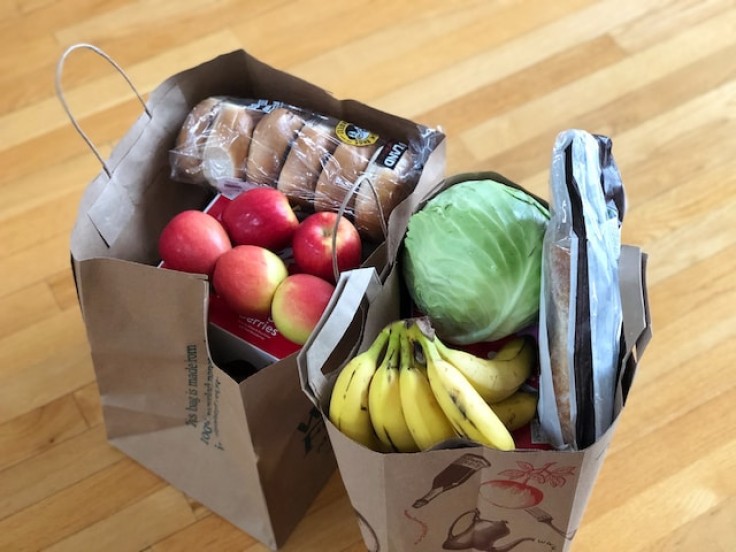
The recent surge in grocery store sales may suggest that consumers are financially sound, but the reality is more nuanced. According to CNN, food manufacturers like Kellogg, PepsiCo, and Nestlé have reported sales growth in the first quarter of this year. However, despite the increase in sales, people are purchasing fewer goods due to soaring prices, which have offset declining volumes.
Growth Driven by Cost Increases, Not Increased Purchasing Power
According to Circana, a market research firm tracking US retail sales, the period between January and May 2023 witnessed a decline in the volume of fresh eggs by 4.7%, milk by 3.9%, packaged bread by 3.8%, and fresh root vegetables by 3.5%. In contrast, during the same period, dollar sales for eggs increased by 41.2%, milk by 0.9%, bread by 8.5%, and fresh root vegetables by 10.7%. The significant rise in prices during this time is evident, with fresh eggs seeing a price increase of 48.2%, milk rising by 5%, bread increasing by 12.7%, and fresh root vegetables jumping by 14.7%.
Alastair Steel, an executive at Circana, attributes the sales growth to price increases rather than increased purchasing power. He points out that the surge in sales during the early stages of the pandemic was a result of panic buying and stockpiling. As the situation has stabilized, people have started to adjust their consumption habits. The financial constraints imposed by the pandemic and changing lifestyles, such as remote work, have made consumers more cautious about managing their expenses.
Despite the decline in volume, overall grocery sales have increased compared to 2019, primarily because more people are choosing to prepare food at home instead of dining out. This shift in behavior is also reflected in the purchasing patterns of consumers who are trading down to cheaper items or turning to bargain stores for their grocery needs. Retailers like Costco and Aldi have witnessed an increase in customers searching for better bargains. The economic impact of the pandemic is evident, as customers have reallocated their spending from discretionary items to food and essential services.
Increased Reliance on Food Banks and Savings
While some consumers have become more vigilant about reducing food waste and relying on leftovers, others are experiencing food insecurity and turning to charitable organizations for support. The risk of food insecurity is expected to increase as tighter restrictions on the Supplemental Nutrition Assistance Program (SNAP) come into effect and pandemic hunger relief programs end.
Although there are indications of a slight decrease in grocery prices, the overall trend of food inflation outpacing inflation remains. According to data from the Bureau of Labor Statistics, food prices increased by 7.7% in the year through April, with grocery prices rising by 7.1%. While some food corporations have slowed their rate of price increases, they do not anticipate significant price reductions. The rate of increase has started to slow down, but prices continue to rise, albeit at a slower pace than before.
In conclusion, the recent growth in grocery sales has been driven by higher prices rather than increased purchasing power. Consumers are buying less due to budget constraints and are trading down to cheaper alternatives. While grocery prices may experience some relief in the coming months, they remain significantly higher than pre-pandemic levels. The ongoing challenges of rising prices and financial constraints pose a continued burden on consumers' ability to access affordable food.